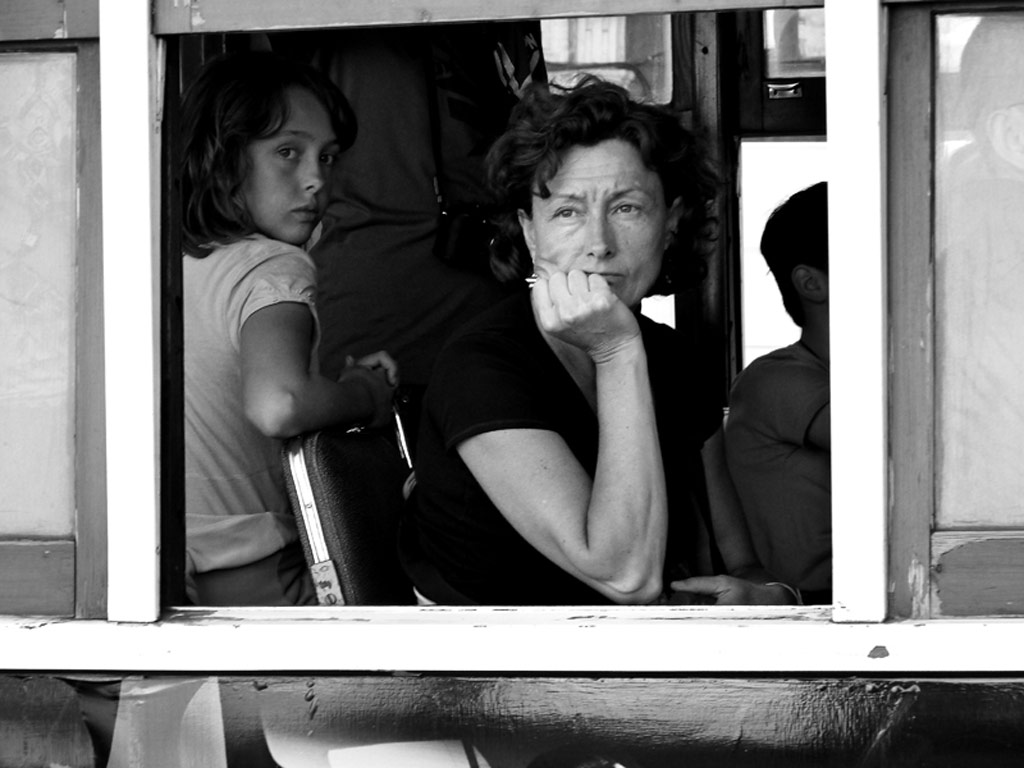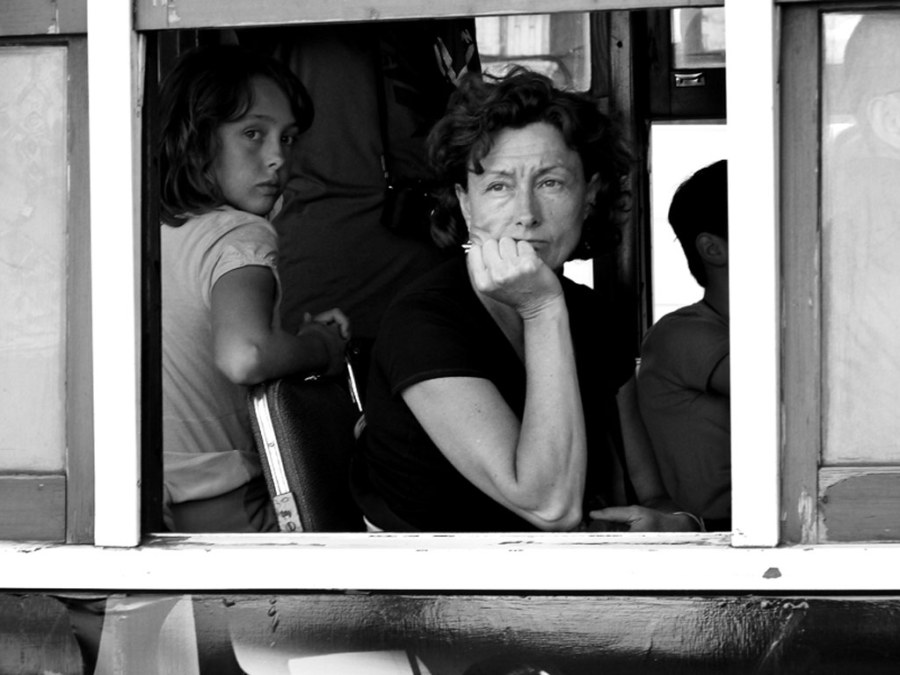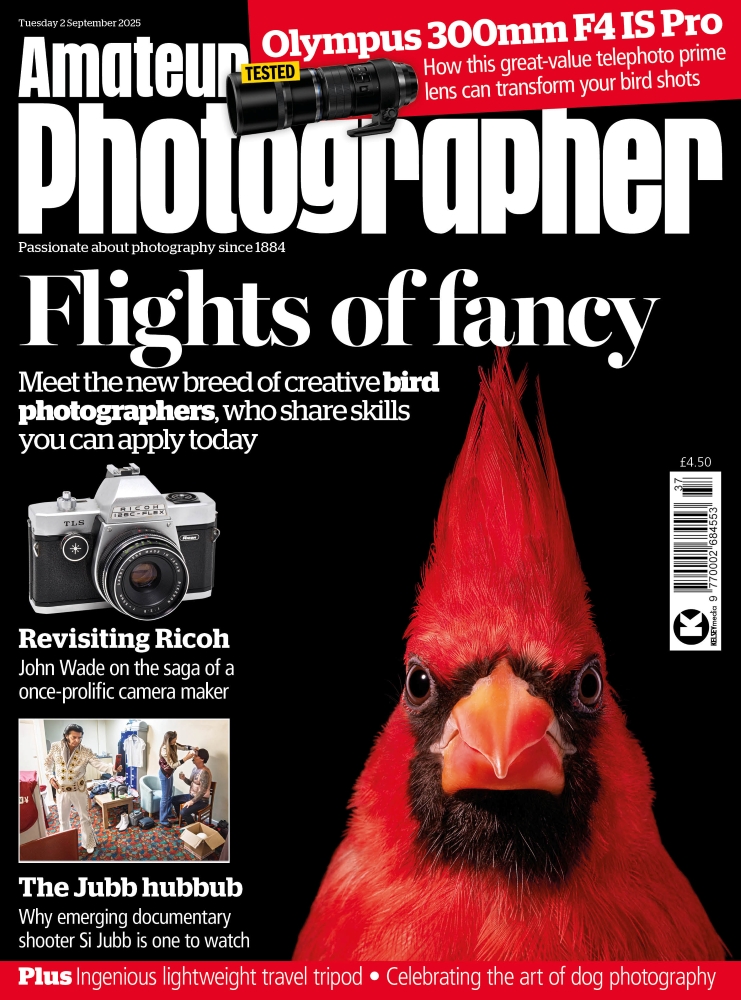Scripting links for a Sky Arts photography documentary series involved my watching a fly-on-the-wall film of the late Cartier-Bresson. I was fascinated seeing the aged street photography maestro in action, rising on tiptoes or making himself smaller and less visible when weaving between bodies and traffic. He appeared less photographer seeking the perfect compositional angle, more bird-like; a heron stalking prey.
Unlike in Cartier-Bresson’s day however, our lives are heavily under surveillance, thanks to CCTV and smartphones. But while cameras watch and record us from all angles unawares, I believe social media, and awareness of it, has placed the art of street photography under threat.
A recent interview with veteran street photographer Joel Meyerowitz on Harry Borden’s ace YouTube channel confirms my own experiences. Whereas at one time strangers might react to a camera’s presence with automatic smiles and poses, now people are much more suspicious and wary, Meyerowitz believes.
Might you, as photographer, be labelled a weirdo, stalker or even potential terrorist, the public perceiving any pictures of them might be uploaded to social media and go viral for all the wrong reasons?
It’s a great shame, but while photography in public spaces remains fair game, even if I spot what in my mind’s eye might make for a great picture, I think twice about getting out my actual camera.
My self-consciousness recently ramped up testing a new camera in Central London. Spotting a decorator perched on his ladder painting a window frame, forming a classic ‘frame-within-a-frame’, I instinctively squeezed the shutter release. Only the guy spotted me. And he wasn’t pleased.
The next thing I knew I was being chased down the street.
In fight or flight mode, I ducked into a fast-food restaurant, reasoning safety in numbers. As I backed towards the counter, the guy dashed in, stopped in front of me and barked ‘what’s your problem?!’ Staying calm and explaining there was ‘no problem from my perspective’, he backed down and disappeared. But I was shaken.
It reminded me of an encounter I’d had as a student filming with a Super 8 Cine camera. Spotting Prince Edward out buying coffees in Soho, I approached him to ask if I could get a picture, instinctively reaching into my jacket to whip out my camera.
Witnessing the eyes of his security detail widen in alarm, I only realised afterwards that, with its long barrel and handle, my Cine camera may momentarily have resembled, well, a gun. And the hand of the guy opposite me reaching into his own jacket may have been going for exactly that.
I didn’t get the picture.
A great street photograph is to die for. But it’s not worth literally dying for.
However, when more relaxed, I have managed to capture street photographs I’m happy with. Taking pictures in Lisbon one time, a tram passed behind me. Whipping around, I only managed a single frame. But what I got, in my humble opinion, was a winner: a lady framed within its window, hand to chin and lost in thought in an echo of Dorothea Lange’s Migrant Mother.

Further elevating my split-second snap was a child to her side staring straight down my lens. This street photograph remains a favourite 15 years on, partly because it looks like it could have been taken any time this past Century.
Such unposed happy accidents are what makes street photography pure magic and inspires me to strive to achieve better, social media skewing our perceptions or not. Now if only I could move like Cartier-Bresson.
Related reading:
The views expressed in this column are not necessarily those of Amateur Photographer magazine or Kelsey Media Limited. If you have an opinion you’d like to share on this topic, or any other photography related subject, email: ap.ed@kelsey.co.uk








